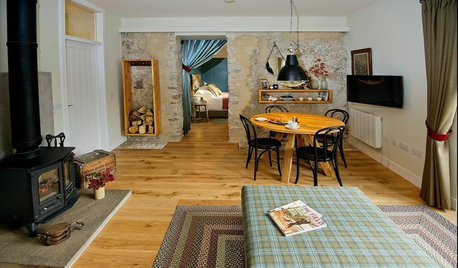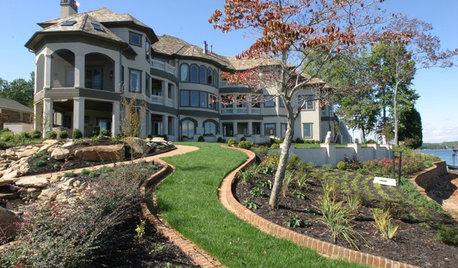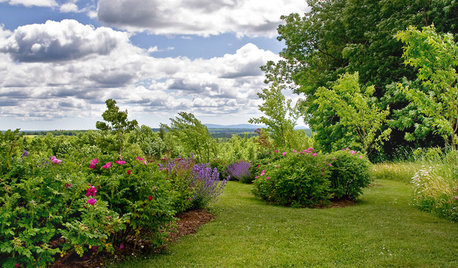edging with bricks ... again
docmoo
12 years ago
Related Stories

VACATION HOMESHouzz Tour: Glory Days Again for Converted Scottish Lighthouse
A dilapidated lighthouse on the shores of Loch Ness has been beautifully renovated to become 2 stylish vacation rentals
Full Story
GARDENING AND LANDSCAPINGGarden Edging: Clean Lines for Your Landscape
Brick, Metal, Wood or Concrete Edging Helps Keep Your Garden In Shape
Full Story
HOUZZ TOURSMy Houzz: Industrial-Edged Chic in Rotterdam
DIY efforts and unplanned aesthetics with happy results create a gorgeous home for a Dutch couple
Full Story
INDUSTRIAL STYLE7 Ways to Get a Cool Industrial Edge Anywhere
Whether you call an old factory or a brand-new build home, these ideas can help you forge a raw industrial vibe
Full Story
LANDSCAPE DESIGNYour Mini Guide to Great Garden Edges
Get the scoop on trenches to the skinny on bender board, to help keep your garden beds as tidy as you like
Full Story
DECORATING GUIDESGet Your Edge On: 11 Ideas for Style in the Fast Lane
Show off your personality and give your design a surprising twist with one of these slightly edgier touches
Full Story
LIVING ROOMSBelow My Houzz: An Inviting Basement With Industrial Edge
Reconfiguring a cramped, damp basement opens up a new world of sleek, functional spaces
Full Story
REMODELING GUIDES11 Reasons to Love Wall-to-Wall Carpeting Again
Is it time to kick the hard stuff? Your feet, wallet and downstairs neighbors may be nodding
Full Story
DECORATING GUIDESHouzz Call: What Home Collections Help You Feel Like a Kid Again?
Whether candy dispensers bring back sweet memories or toys take you back to childhood, we'd like to see your youthful collections
Full Story
DECORATING GUIDESKnot Again! Macrame Is Back
It's happened. A craft that typified 1970s style (the owls, the spider plants!) is back, but better
Full Story




Yardviser
docmooOriginal Author
Related Professionals
Citrus Heights Landscape Architects & Landscape Designers · Bridgetown Landscape Architects & Landscape Designers · Hyattsville Landscape Architects & Landscape Designers · Garden City Landscape Architects & Landscape Designers · Hannibal Landscape Contractors · Lees Summit Landscape Contractors · Mission Viejo Landscape Contractors · West Haverstraw Landscape Contractors · Bethany Decks, Patios & Outdoor Enclosures · Fishers Decks, Patios & Outdoor Enclosures · Greendale Decks, Patios & Outdoor Enclosures · Hyattsville Decks, Patios & Outdoor Enclosures · Bakersfield Swimming Pool Builders · Jacksonville Swimming Pool Builders · Lake Forest Swimming Pool Builderstibs
bahia
Yardviser
woodyoak zone 5 southern Ont., Canada
docmooOriginal Author
inkognito
Yardviser
Yardviser